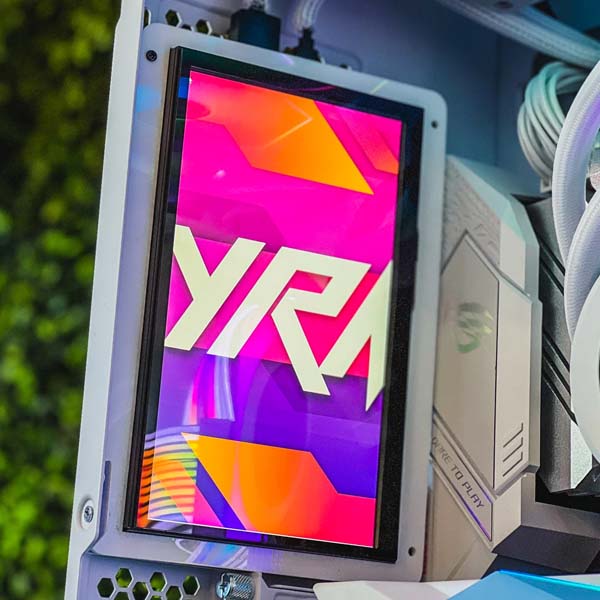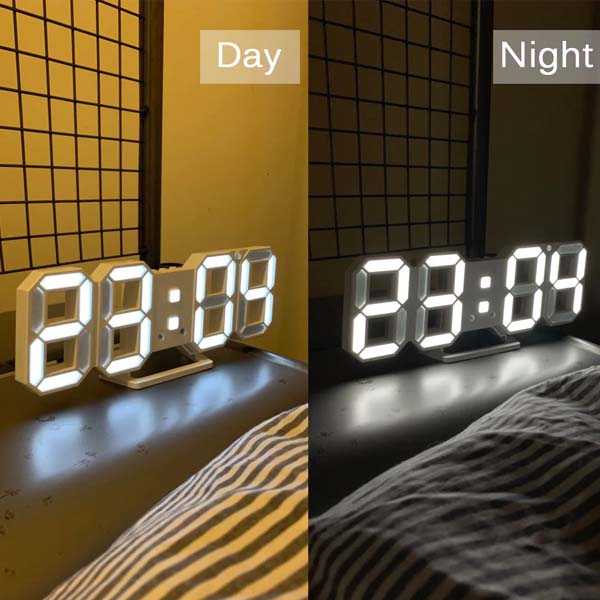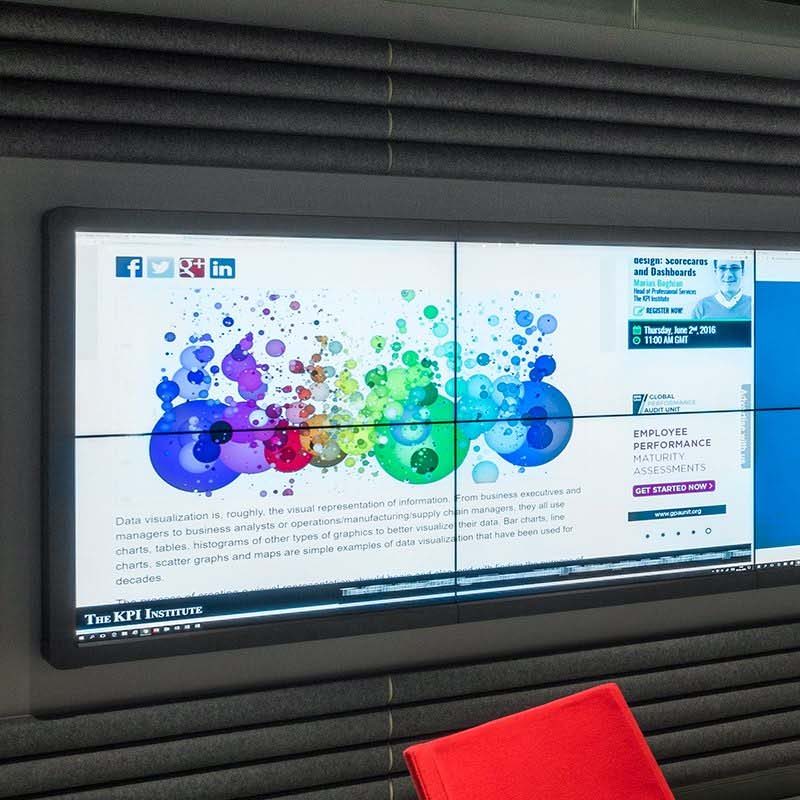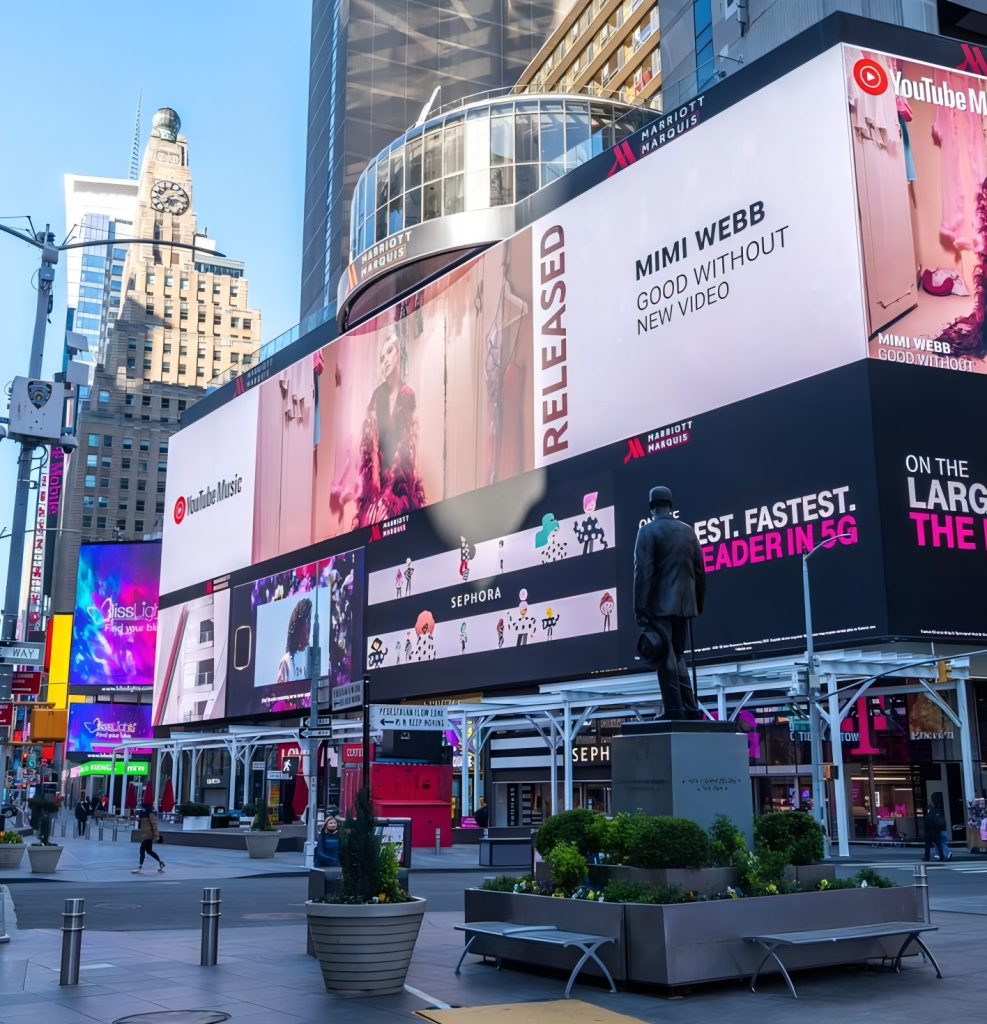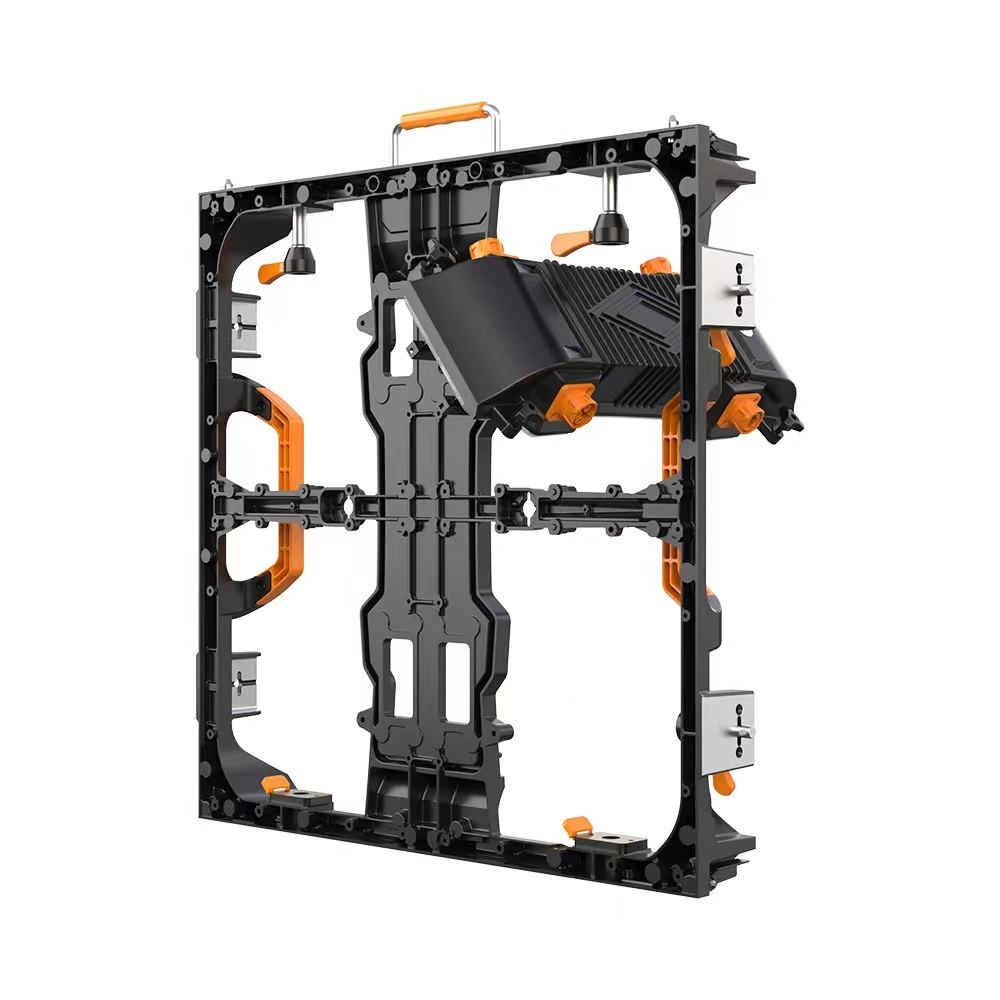Introduction
As demand grows for higher-resolution, energy-efficient, and longer-lasting display solutions, two technologies dominate the commercial conversation: Micro LED and OLED. Both represent significant advancements over traditional LCDs, and both offer breathtaking visual performance. But when it comes to commercial applications—ranging from command centers to luxury retail, hospitality, and public installations—which display technology comes out on top?
In this article, we explore the strengths and trade-offs of Micro LED and OLED, focusing on their suitability for commercial use. We’ll also explain how KSSDISPLAY helps businesses select the right technology for their unique operational needs.
Understanding the Technologies
What Is Micro LED?
Micro LED is a self-emissive display technology that uses microscopic LEDs—each smaller than 100 microns—to form individual red, green, and blue subpixels. These are placed directly onto a substrate, eliminating the need for a backlight or color filter.
Key Benefits:
Ultra-high brightness (up to 10,000 nits)
Exceptional lifespan (≥100,000 hours)
Inorganic structure resists burn-in
Modular, scalable for large or custom formats
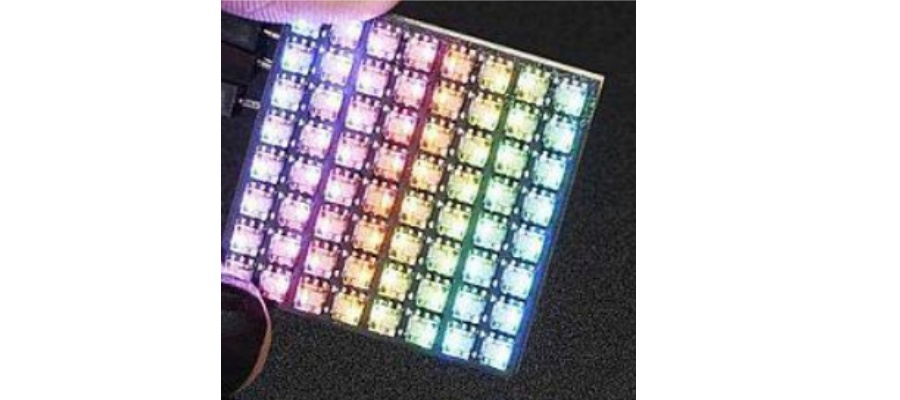
What Is OLED?
OLED (Organic Light-Emitting Diode) is also a self-emissive technology, but it uses organic compounds that emit light when energized. OLED is known for delivering incredibly deep blacks and vibrant colors.
Key Benefits:
Excellent contrast and black levels
Thin, flexible, and lightweight design
Fast response time and wide viewing angles
Well-suited for curved and wearable applications
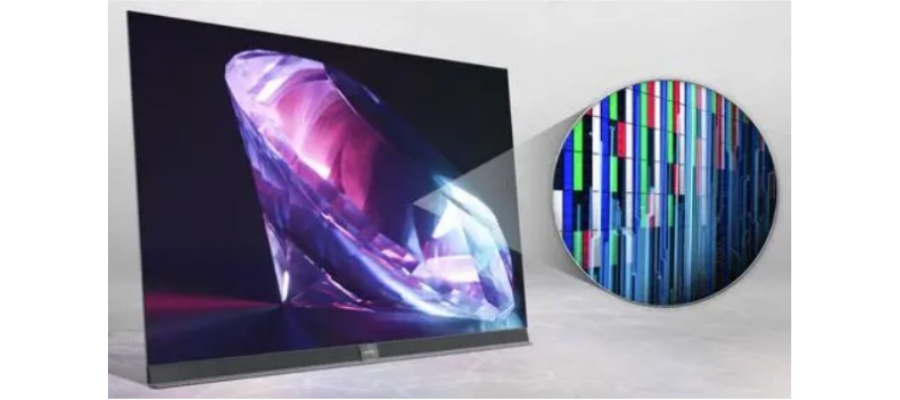
Commercial Performance Comparison
| Feature | Micro LED | OLED |
| Brightness | Up to 10,000 nits | Typically 600–1000 nits |
| Lifespan | 100,000+ hours | ~30,000–50,000 hours |
| Burn-In Resistance | No risk | Moderate risk, especially for static UI |
| Scalability | Highly modular (any size/shape) | Limited to factory-set panel sizes |
| Color Accuracy | Excellent (≥100% DCI-P3) | Excellent, slightly richer blacks |
| Cost (2025) | High (but dropping) | Moderate (mature supply chain) |
| Environment Suitability | Indoor/outdoor | Mostly indoor |
Application Fit: Where Each Shines
Micro LED for High-Demand Environments
· Control Rooms & Broadcast Studios: Long run-times, zero burn-in
· Luxury Retail & Automotive Showrooms: Ultra-sharp, high brightness visuals
· Stadiums & Public Displays: Large-format walls with scalable panels
· Industrial Monitoring: Rugged usage over long hours, 24/7 reliability
OLED for Experience-Driven Spaces
· Boutique Retail Stores: Sleek installations with vibrant images
· Hospitality & Hotel Lobbies: Architectural integration and flexibility
· Curved Installations: Where thinness and bendability are essential
· Creative Signage or Wearables: Where artistic impact outweighs durability
KSSDISPLAY’s Micro LED Solutions
At KSSDISPLAY, we’ve been at the forefront of Micro LED commercialization for large-format and high-end visual systems. Our products include:
· Modular 4K/8K Ready Panels: With pixel pitches as fine as P0.78 for ultra-clear visuals
· Brightness up to 7000 nits: Ideal for high ambient light conditions
· Anti-burn, energy-efficient design: Perfect for retail, museums, and public venues
· Custom Layout Support: For architecturally-integrated displays
Project Example: In 2024, KSSDISPLAY completed a 12K-resolution curved Micro LED wall for a luxury automotive showroom in Qatar. The display operated at 6000 nits and ran 18 hours/day with 99.98% uptime.
Technology Challenges & Trade-Offs
Micro LED Limitations
· Cost: As of 2025, Micro LED is still 2–3× the price of OLED per square meter
· Manufacturing Complexity: Requires precise transfer of millions of micro-diodes
· Repair/Service: Replacement of individual faulty diodes or tiles can be time-consuming
OLED Limitations
· Burn-In Risk: Static content (e.g., control room data, UI elements) may cause image retention
· Limited Brightness: Can struggle in sunlit areas or near windows
· Shorter Lifespan: Blue OLED pixels degrade faster than red/green
Future Outlook
Micro LED
· Expected cost reductions due to mass production and hybrid bonding techniques
· Increasing use in cinema, e-sports arenas, and mission-critical operations
· Potential to dominate outdoor fine-pitch LED market by 2027
OLED
· Ongoing innovations in transparent, foldable, and stretchable displays
· Expansion into consumer devices, dashboards, and edge signage
· Advanced pixel-shifting and burn-in mitigation software
How to Choose the Right Technology for Your Business
Content Type: Static UI or high-motion video?
Usage Duration: Is the screen running 8 hours or 24/7?
Location: Will it be exposed to sunlight, heat, or public wear?
Visual Priority: Is black level more important than brightness?
Budget Flexibility: Can you justify higher upfront cost for long-term savings?
Conclusion
Both Micro LED and OLED represent the future of display technology—but their suitability varies based on environment, usage, and visual priorities. For long-term, scalable, and high-durability installations, Micro LED is quickly becoming the gold standard for commercial-grade applications. Meanwhile, OLED remains a strong contender where aesthetic experience, slimness, and design flexibility take precedence.
At KSSDISPLAY, our experts help clients navigate these decisions with tailored consultations, technology demonstrations, and full integration support. Whether you’re designing a control room, retail flagship, or innovation center, we offer the tools and technology to bring your visual vision to life.

